Prime Factorization Guide
Hi there. In this math post, I cover the concept of prime factorization for numbers.
Screenshots are done with Windows Snipping Tool, witeboard.com and my Wacom tablet & stylus pen.
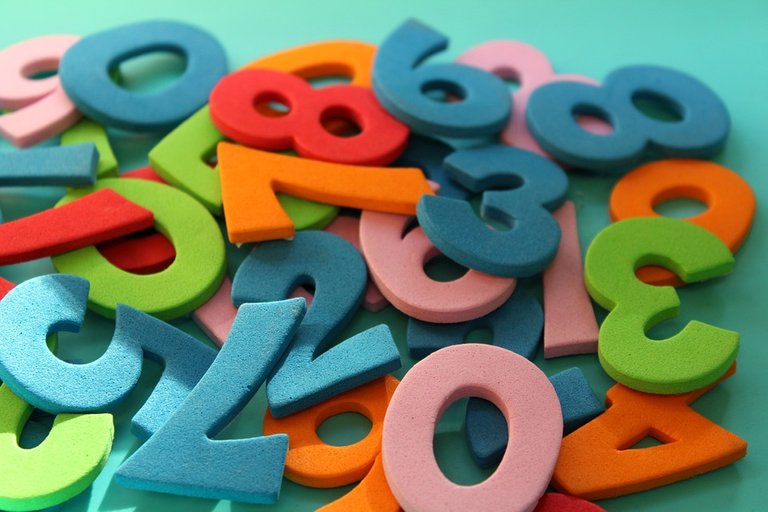
Topics
- Review Of Number Factors
- Basics Of Exponents
- Prime Numbers
- Prime Factorization Examples
- A Game Resource
Review Of Number Factors
When it comes to number factors, think of whole numbers that multiply together to get that larger number. As an example, the number four has number factors being one, two and four. This is because we can have 1 x 4 and 2 x 2.
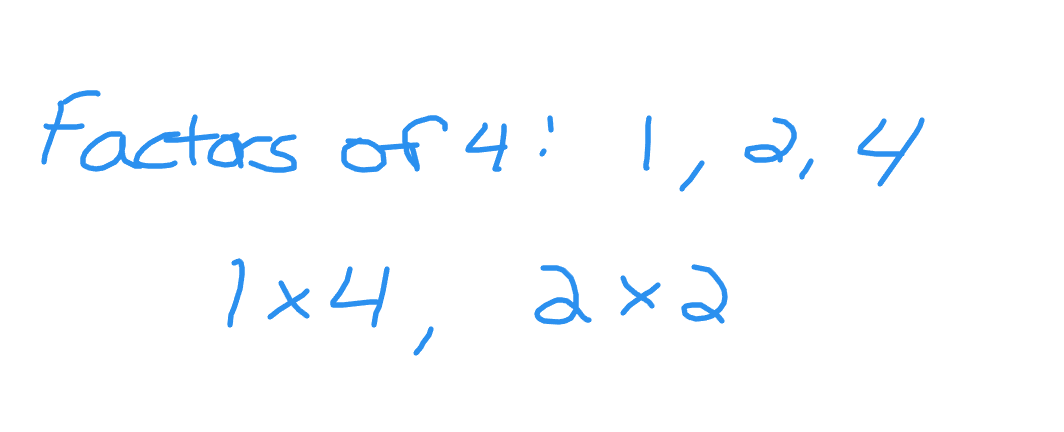
Here is another example. Factors of 20 include 1, 2, 4, 5, 10 and 20.
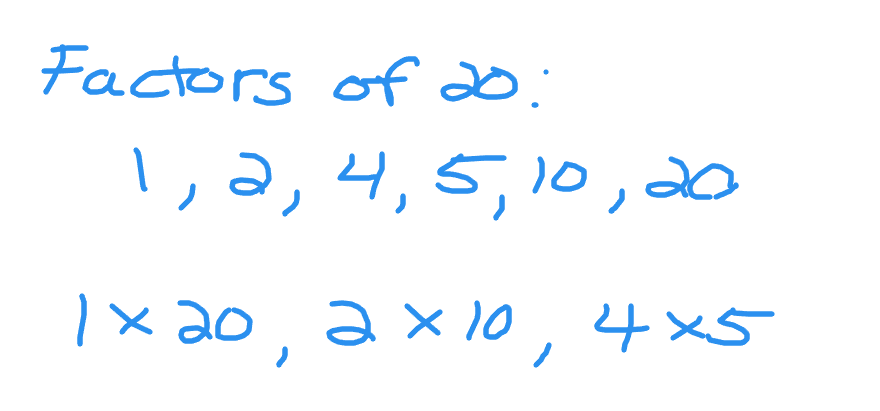
Basic Of Exponents
Exponents are based on repeated multiplication just like how multiplication is based on repeated addition.
Having 7 + 7 + 7 can be represented as 3 x 7 which is equal to 21.
Multiplying 7 by itself three times gives 7 x 7 x 7 which is seven to the power of 3. Seven is the base and three is the exponent.

You can evaluate exponents by writing the exponents as repeated multiplication. Two to the power of two time 10 to the power of three would be four times one thousand. This is equal to 4000.
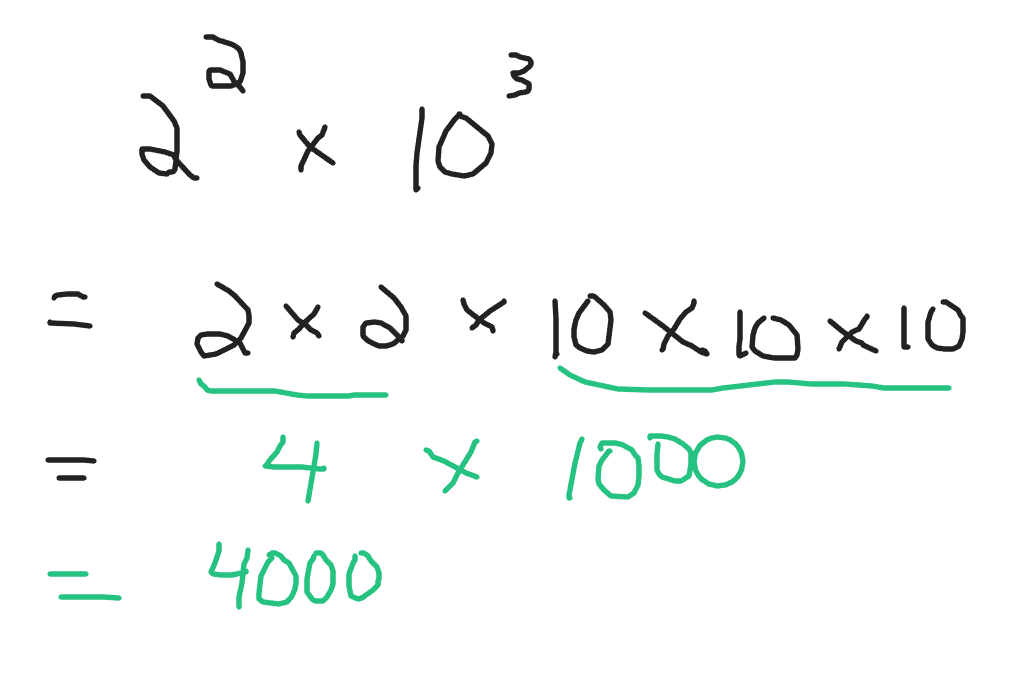
Prime Numbers
Prime numbers are whole numbers that have only two factors. These two factors are one and itself. Note that in here one is not considered as a prime number.
Two a prime number as the factors are 1 and itself 2.
Three is prime with factors as 1 and 3.
Other notable prime numbers include 5, 7, 11, 13, 17, 23, 29 and 31.
Prime Factorization Examples
Combining number factors, prime numbers and exponents leads into the concept of prime factorization. Any whole numbers above 1 can be written as prime number factors with exponents. Let's look at some examples.
Example One
Determine the prime factorization of 50.
Start with the number 50 at the top. From the prime numbers of 2, 3, 5, 7, 11, 13 and so on, which one of these prime numbers is a factor of 50? Since 50 is an even number you can split 50 into 2 and 25. This is illustrated in a tree diagram.
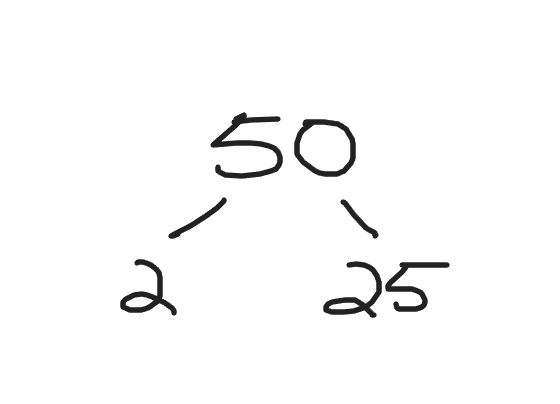
Twenty five is not prime so we can find prime number factors for 25. Five is a prime number and five times five is equal to 25. We can split 25 into 5 and 5 as prime factors.
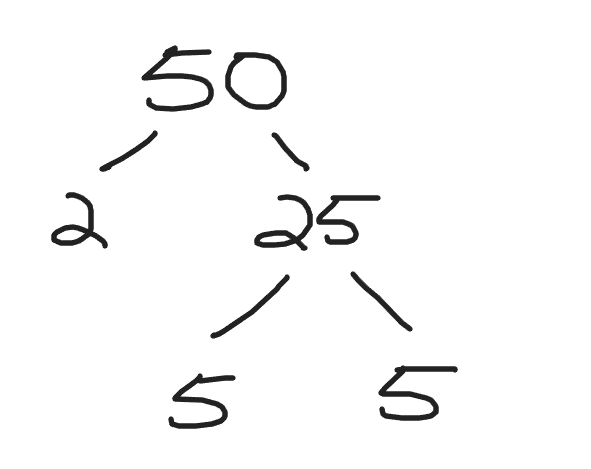
All the number factors are prime number so we can express 50 as the product of 2 times 5 times 5. That is 50 = 2 x 5 x 5. As there are two fives multiplied together we can express this in exponent form as five to the power of the exponent 2.
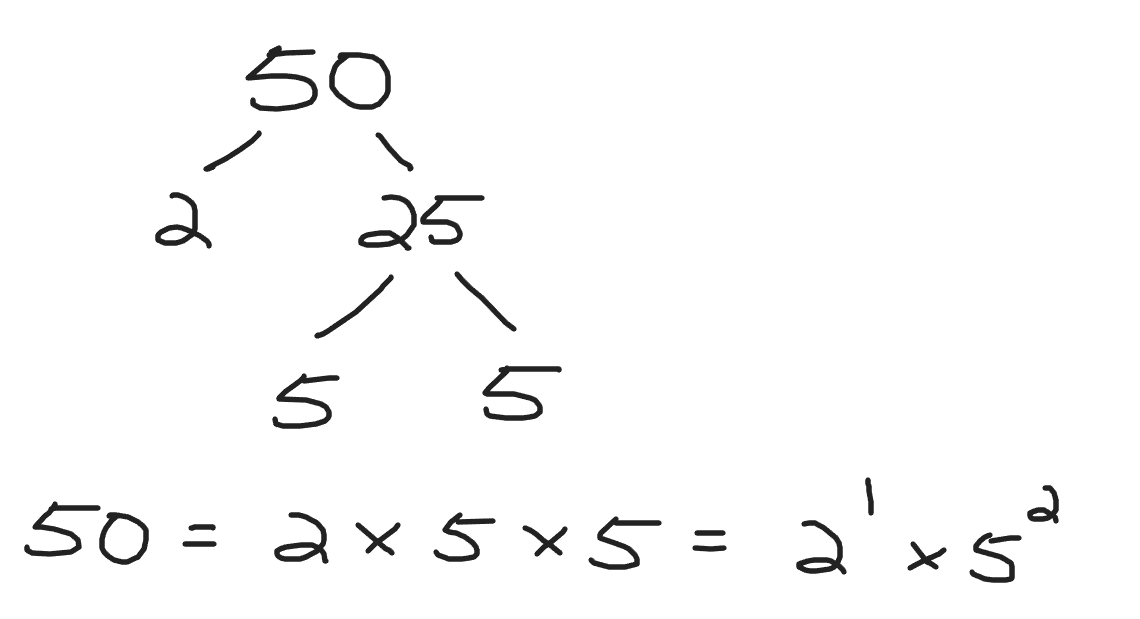
Example Two
Determine the prime factorization of 84.
From eighty-two we can start with a prime factor of 2. This would lead into 84 = 2 x 42.
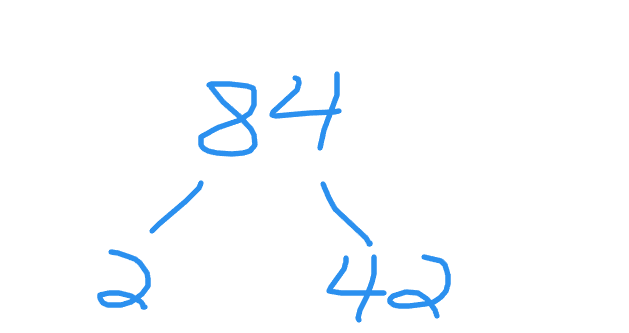
The number 42 can be decomposed into 7 and 6. After that the 6 can be decomposed into 3 and 2. The steps are shown in the next screenshot picture.
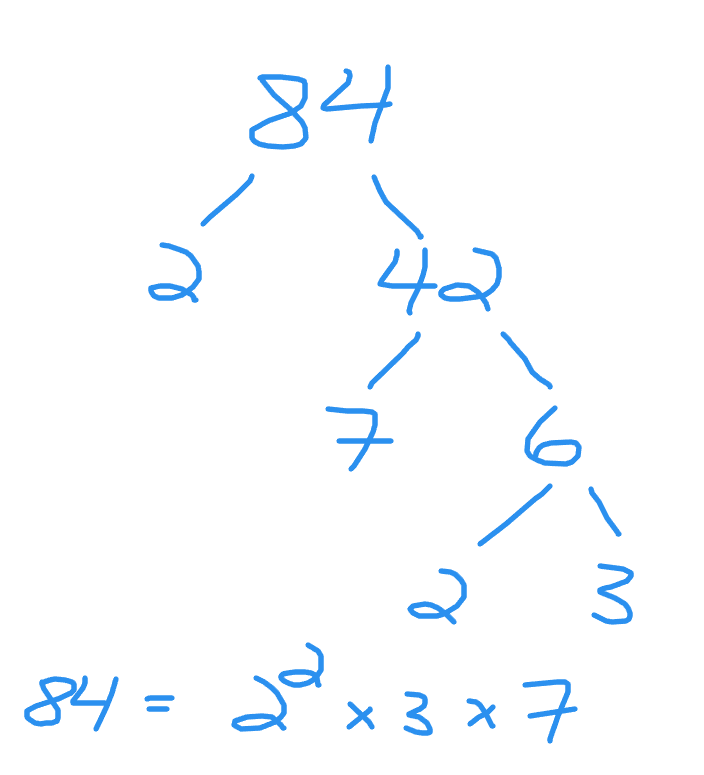
Example Three
Determine the prime factorization of 348. I show the solution in the screenshot with no comments.
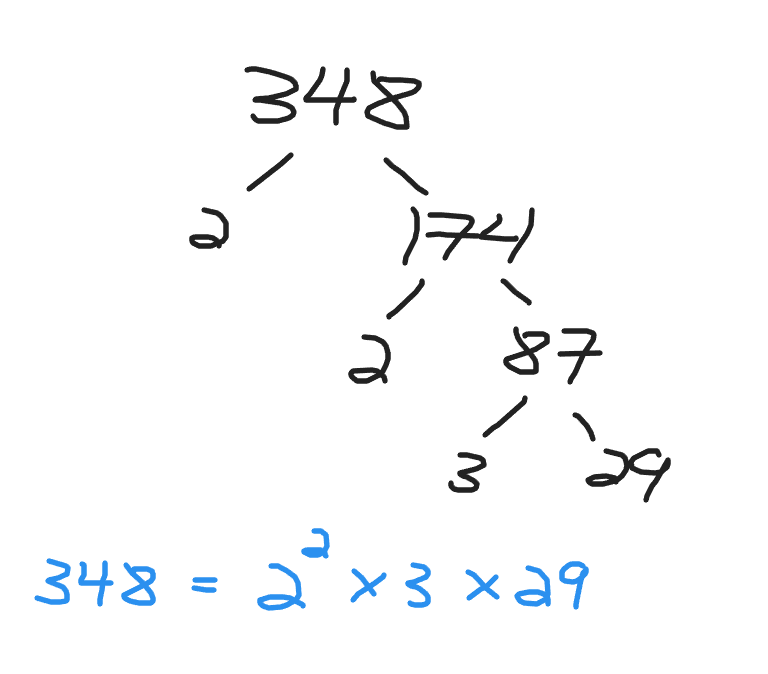
A Game Resource
As an extra, I have discovered a math game that is great for practicing prime factorization. The game is called Factor Trees from the Math Playground website.

I choose the game mode on the left where you find the prime factorization of one number. A random number appears at the top. Fill in the blanks with prime factors that make up the top number. For 42 in the screenshot, I fill in 2 and 21 before hitting the Check button.

The two works as indicated in the purple circle. Twenty-one appears as a branch as 21 is not prime. Two blank boxes appear for you to input number factors. I input 3 and 7 as numbers that multiply to make 21.

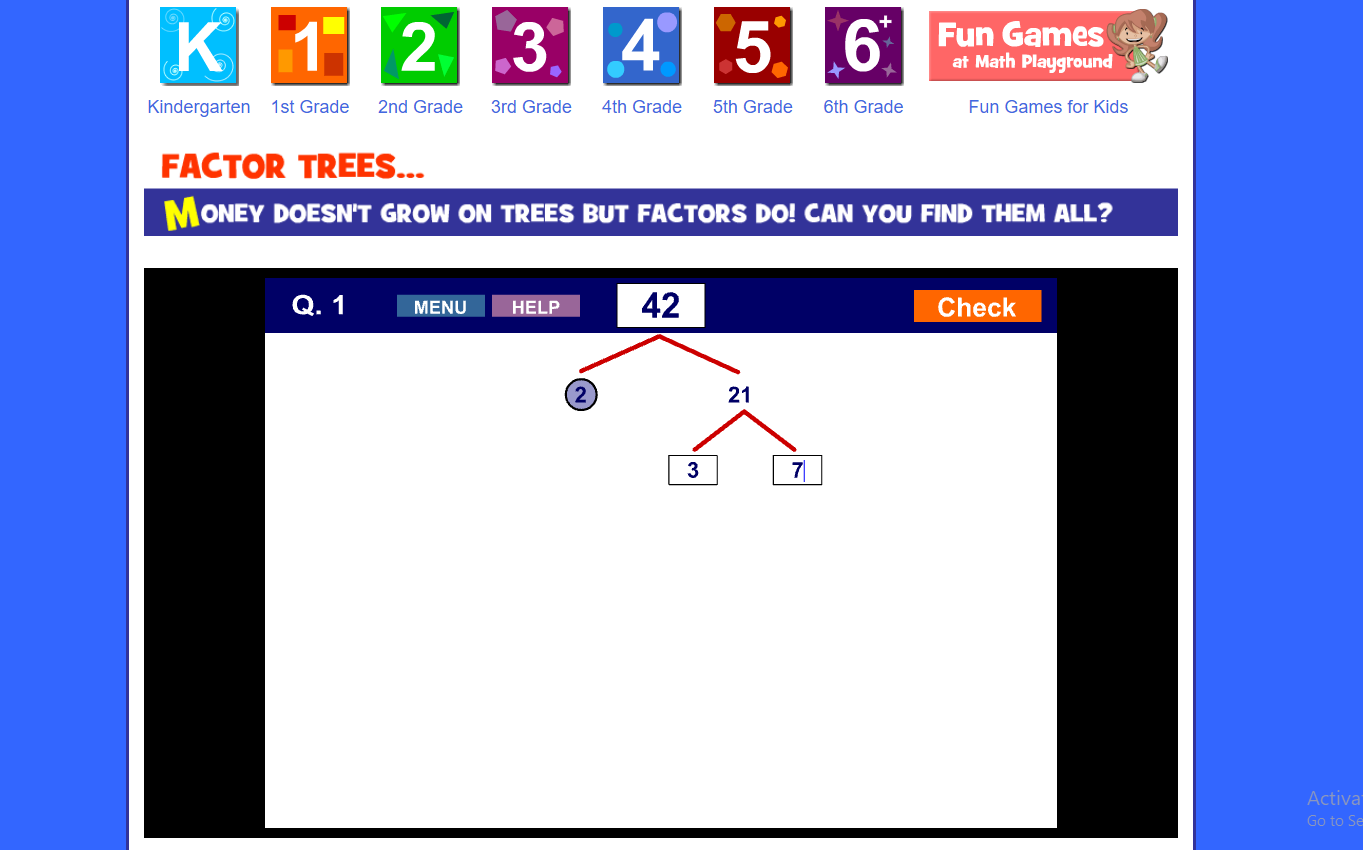
The exercise ends once all the number factors are prime numbers. A new random number appears at the top if you click Next.
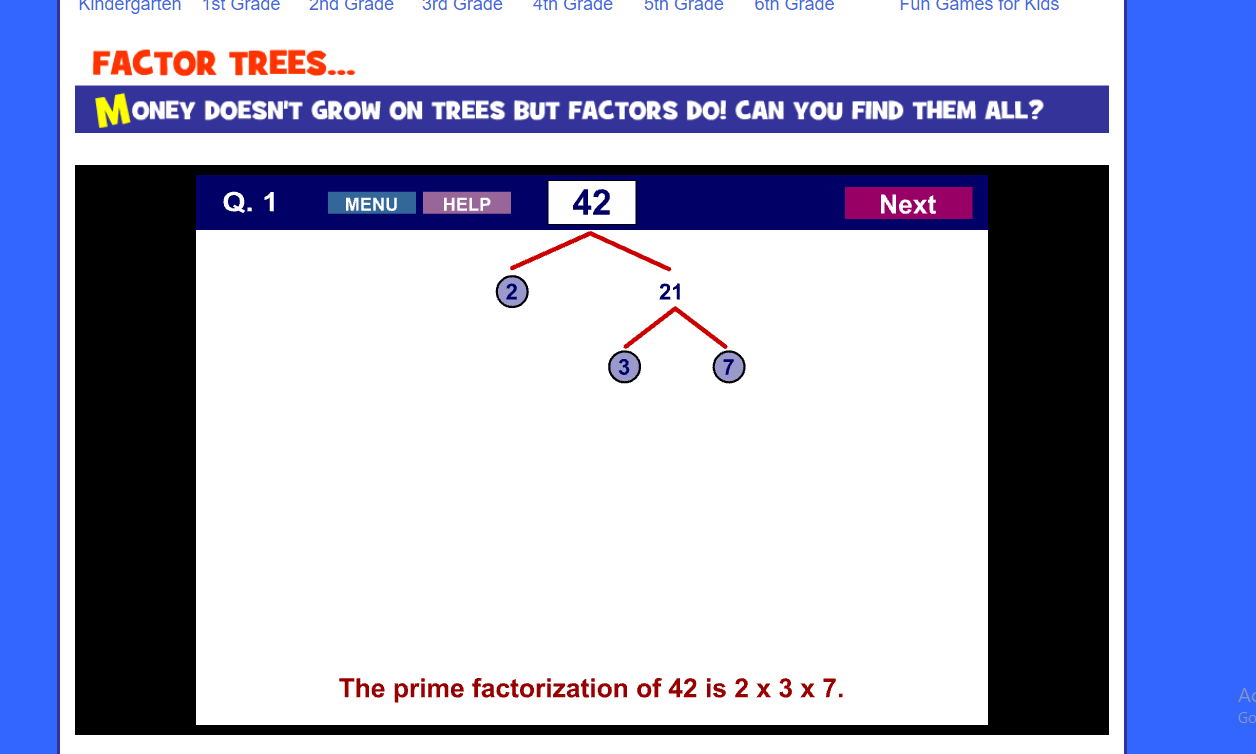
Posted with STEMGeeks
Dear @dkmathstats,
May we ask you to review and support the our proposal renewal so our team can continue its work?
You can support the new proposal (#248) on Peakd, Ecency, Hive.blog or using HiveSigner.
https://peakd.com/me/proposals/248
Thank you!
Thanks for your contribution to the STEMsocial community. Feel free to join us on discord to get to know the rest of us!
Please consider delegating to the @stemsocial account (85% of the curation rewards are returned).
You may also include @stemsocial as a beneficiary of the rewards of this post to get a stronger support.